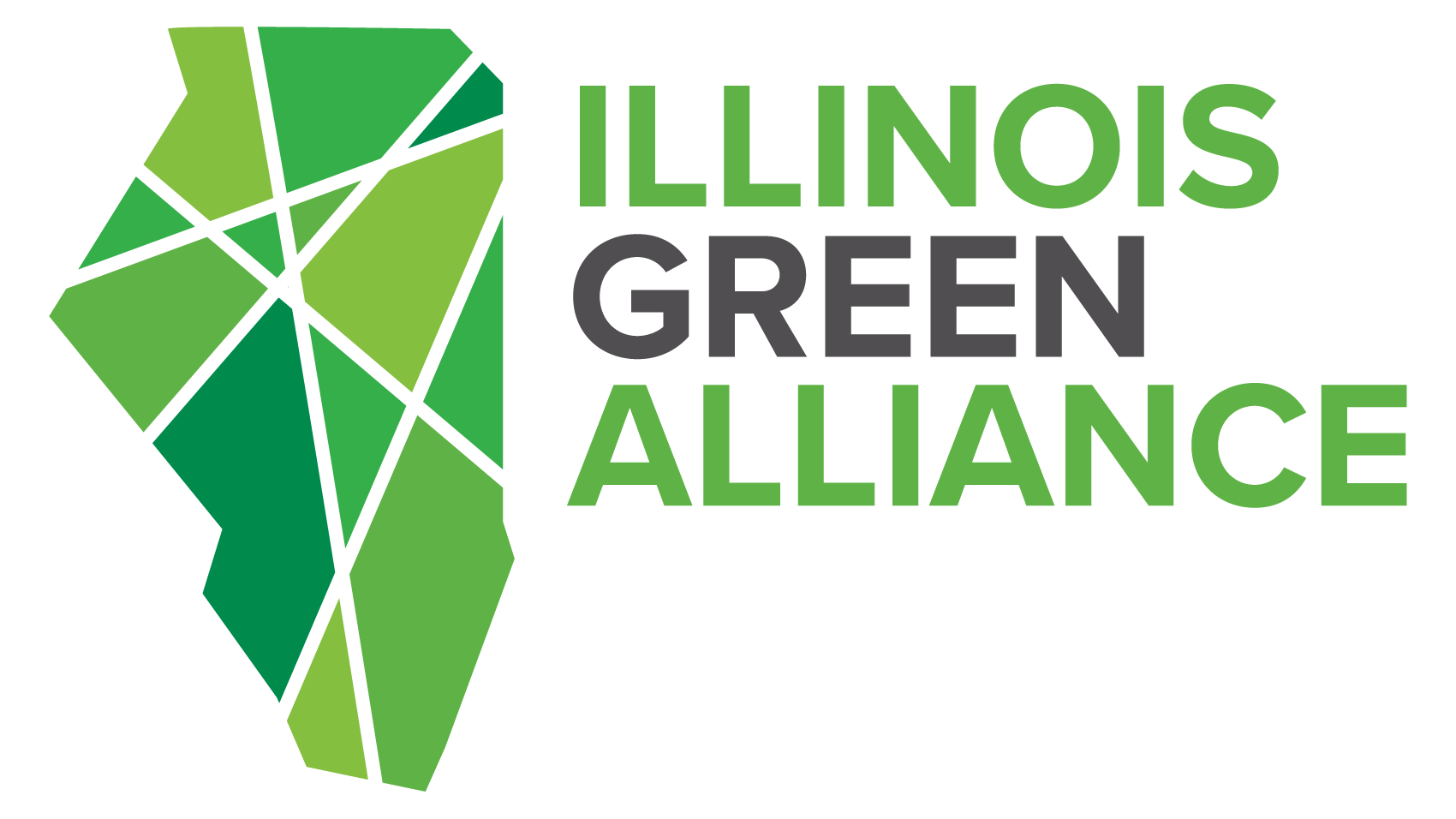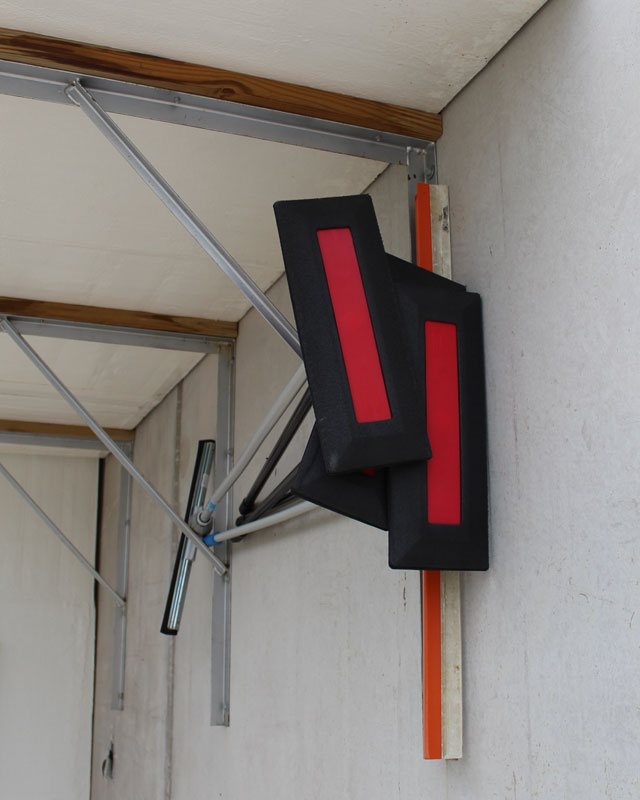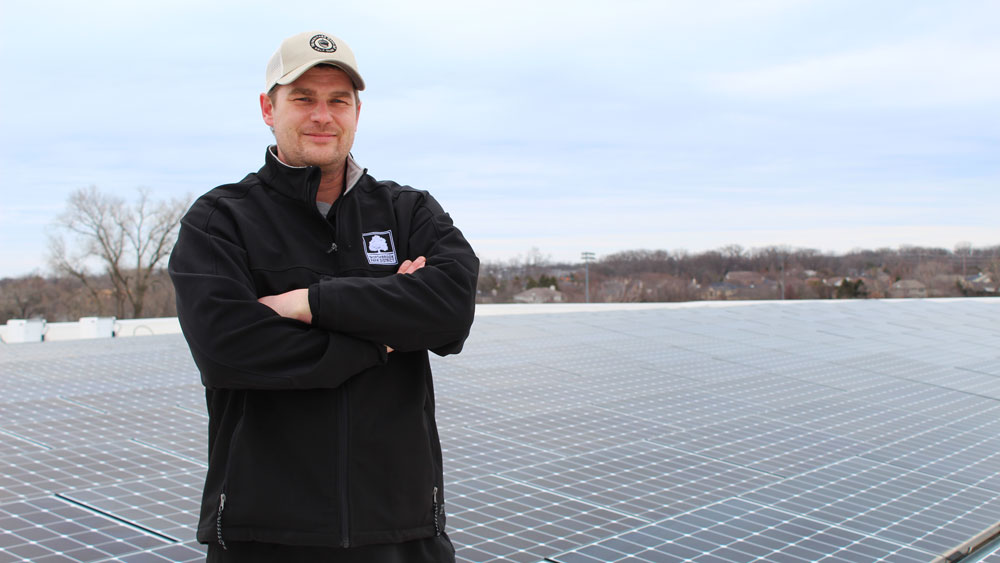
Lessons from a Net Zero Building Operator: Management requires continuous monitoring and dedicated staff
By: Sam Stevens, 2023 Communications Intern
Completing a net zero building project is an incredible achievement, benefiting not only the owner and designer but also the community. However, the journey doesn't end there. Managing a net zero building involves continuous system monitoring, an informed and dedicated staff, and adaptability when troubleshooting new technologies.
We had the opportunity to speak with Jake Vest, Trades Manager at the Northbrook Park District, about his experience overseeing operations at Techny Prairie Activity Center.
Located in Northbrook, Illinois, the Techny Prairie Activity Center is a PHIUS 2015+ and Source Zero certified building completed in May 2021. The recreational center houses a childcare center, indoor track, fitness center, and gymnasium.
Following 12 months of operational data proving the design produces net zero energy, this municipal building was verified in 2022, making it the third building in Illinois to achieve this feat. To support the premium of building to net zero, the Northbrook Park District received a $1.78 million grant from Illinois Clean Energy Community Foundation (ICECF).
The ICECF grant was disbursed in three rounds: 30% after paperwork, 30% upon completed construction of the building, and 40% after verification of net zero energy operations, which takes a minimum of 12 months. Vest emphasizes that efficient management is essential even after the building’s completion, given the grant’s breakdown.
Now, two years since Techny Prairie Activity Center opened its doors, Vest shares valuable takeaways and lessons that may help other operators of net zero building as they navigate groundbreaking technologies.
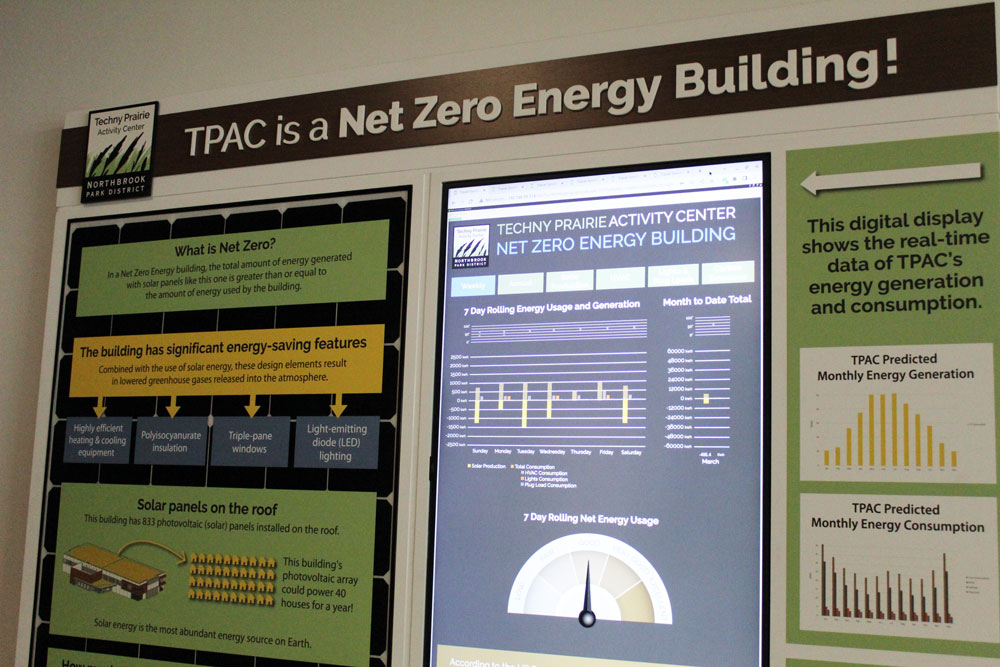
Ongoing system monitoring allows for real-time corrections
Vest says real-time performance data allows facilities staff to troubleshoot issues as they arise to make sure that the building is operating efficiently. Without metering, issues like air leakage or lights left on for extended periods may go unnoticed, resulting in unnecessary energy waste.
Techny Prairie Activity Center uses a building automation software (BAS), in particular the offering from Trane. A full-fledged BAS is essential for any operator wanting to track real-time data. As is common with new buildings, Techny Prairie Activity Center encountered some issues with compressor and refrigerant line leaks, however, the metering system helped them to identify and address those problems before wasting more energy.
“Just like any other commissioning process, we ran into some issues, but we were able to look into those issues really quickly without even having someone on-site. I was able to direct my maintenance staff, or the contractor, so that they can come prepared to actually make a change, and not just put a bandaid on it,” Vest said.
In accordance with the ICECF grant requirements, the building uses separate metering for each system: lighting, plug load, HVAC, and PV. Additionally, the project team decided to incorporate even more metering beyond the grant’s stipulations. These metering systems help readily answer the question: Are there systems consuming energy when they shouldn’t be?
“Automated data has really helped us to diagnose issues very quickly and to be able to make adjustments,” Vest said. “When we were making changes as we were diving into the programming, we could see exactly what that was doing to energy consumption.”

During the building’s first winter in 2021, Vest used insights from metering data to optimize PV energy generation. Noticing that the solar panels generated less energy on snowy days, Vest and other staff members took action by safely clearing the snow off the rooftop panels using foam snow brooms (the same as what car dealerships use to clear off their cars in the winter). The facilities team repeated this process four times throughout the winter, focusing on periods with 3-4 consecutive days of unobstructed sunshine following heavy snowfall.
Thanks to the building's PV system metering, Vest estimates that this snow-clearing process resulted in 58% more energy produced than would have been if the panels remained covered in snow.
Dedicated stakeholders and staff are essential for success
Stakeholder support — from the District Board Members to the building’s staff — helps a net zero building run smoothly and meet energy efficiency goals.
Right from the start, the District Board committed to designing a net zero energy building. The Park District involved Vest in the project before breaking ground on the building, which allowed him to get familiar with all the various systems before they were even installed. Vest suggests that all net zero projects involve the building operator as early on as possible.
“Bring [building operators] in early. Teach them what the systems are so that they can start to think outside the box of how that system can operate as efficiently as possible,” Vest said.
On top of having a passionate building operator focused on energy conservation, it’s vital to hire dedicated staff members who understand the project’s mission. These staff members oversee the building on a day-to-day basis, as the building operator may be pulled in different directions with other project commitments.
Attentive staff members may see issues in the building that software simply can’t detect. For instance, at one point, the HVAC system was having issues with static pressure, which was causing the building’s front door to open and close without warning. Not only is this irritating to building occupants, but it also puts the building’s thermal envelope at risk. Vest says that frontline staff informed him of the issue, which allowed him to diagnose the root cause and fix it.
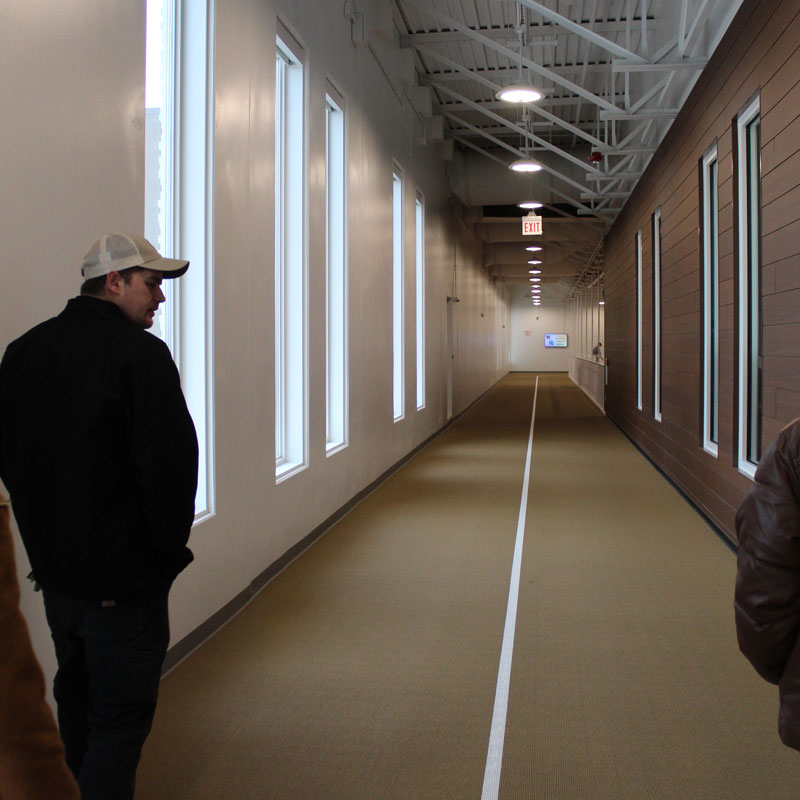
Sharing knowledge is key when troubleshooting new technology
Operating a net zero energy building involves working with new technology that is not yet “tried and true,” Vest explained. Vest loves managing operations at Techny Prairie Activity Center because he works with cutting edge technology, but this also means facing challenges along the way that require creative collaboration with third parties.
One issue that Vest ran into with some of the building’s systems was “phantom occupancy” — when automatic lighting or HVAC sensors were triggered even when no one was present in the rooms. To fix the faulty lighting sensors, Vest worked alongside the site’s lighting contractor and manufacturer.
“Myself and the lighting contractor met on-site multiple times at three in the morning in order to do a couple hours of troubleshooting in order to try to figure out which sensors were actually causing the issues,” Vest said. “We eventually had to bring in the lighting manufacturer to read and write a program patch for it in order to adjust for what was actually going on.”
Similarly, Vest encountered a problem with the PV system’s rapid shutdown system, which he told the manufacturer about, and they ended up developing a program patch. This patch was eventually sent out to all buildings with the manufacturer’s solar panel system.
The program patch Vest identified led to a 1.5% increase in PV energy generation at Techny Prairie Activity Center. When compounded across all buildings that use this manufacturer’s rapid shutdown system, Vest’s insight likely produced meaningful energy savings for many buildings across the country, not just the recreational center.
“We helped not only us, but hopefully some other people using the system,” Vest said.
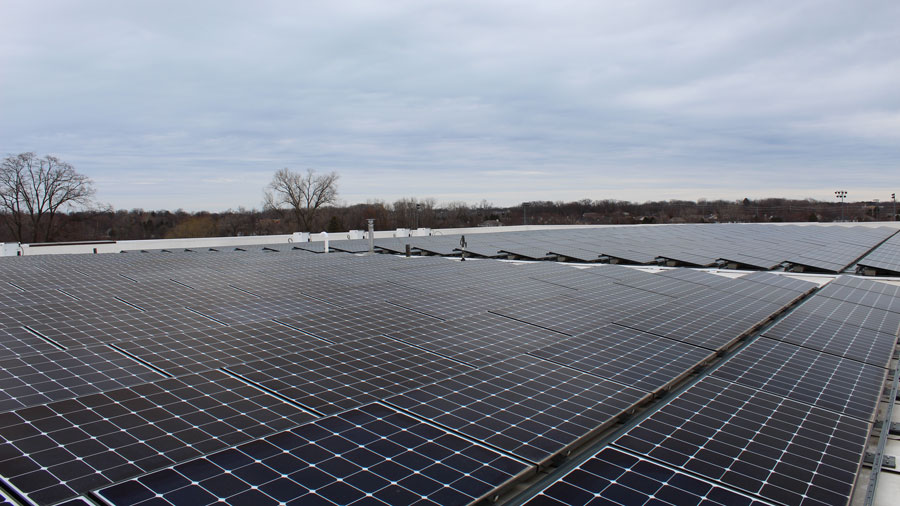
Takeaways
Lessons from Techny Prairie Activity Center show how dedicated, attentive management has a positive impact on the project’s success. It all starts with supportive stakeholders putting trust in experts and technology, allowing operators, like Vest, to make iterative choices, and share their learnings with others in the green building industry.
“The leadership at this Park District is a huge reason why we were able to make it to the point that we were — not to mention having great partners along the way,” Vest said.
